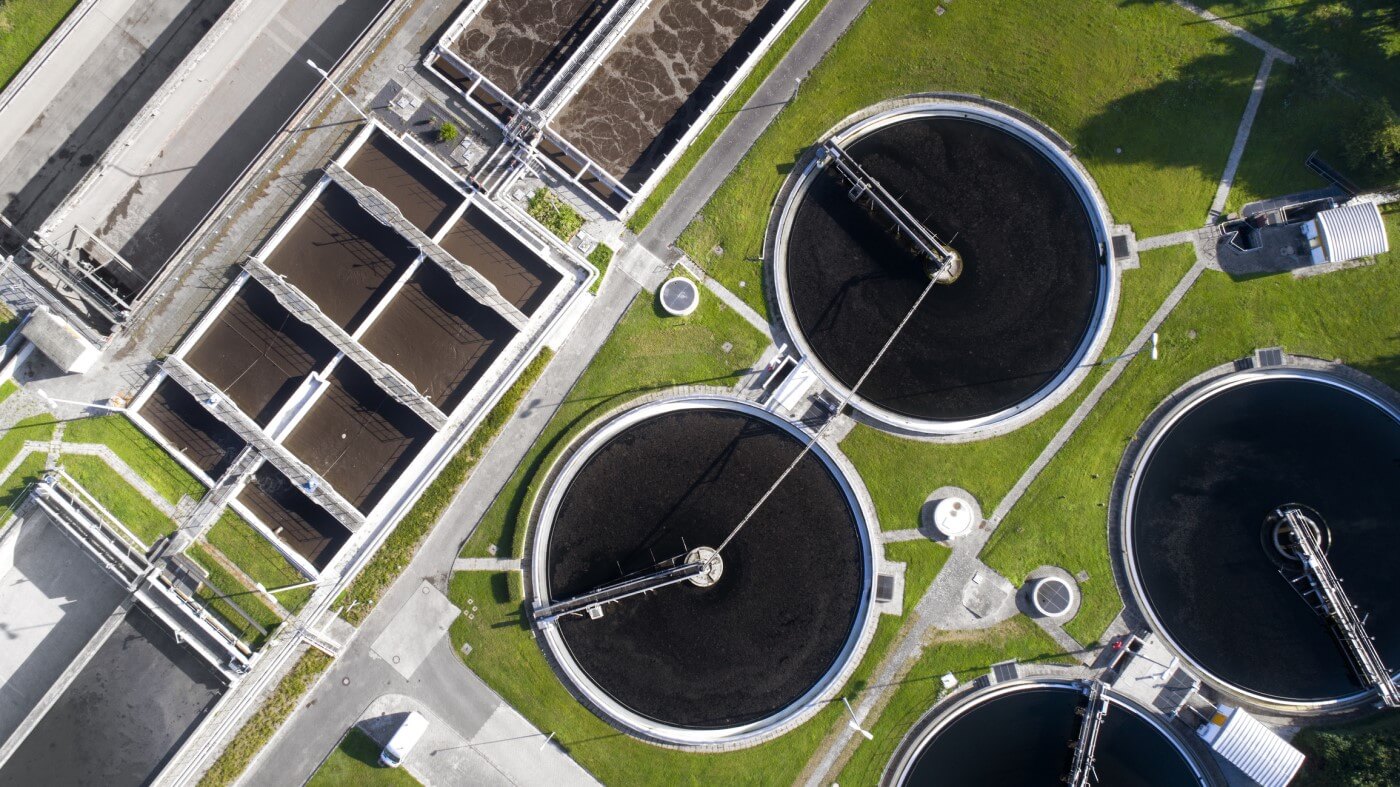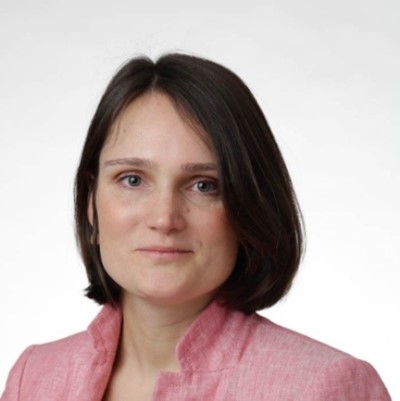
Sustainability - along with the economics and financing that underpin it - is going circular.
“We really have to rethink our business models,” away from producing waste and more toward “a circular business model of reduce, reuse and recycle,” explains Anne van Riel, head of ING Sustainable Finance Americas. “That's where the circular economy of the future comes in.”
Van Riel spoke on a recent “Building Blocks of the Circular Economy” panel at Columbia University, hosted by ING and the Earth Institute. The event was held under Chatham House rule. Riel later addressed the subject in an interview with GARP Risk Intelligence.
“ING wants to double its sustainable finance portfolio by 2022, which includes sectors that are working towards a low-carbon society,” says van Riel, whose current role, a new position at ING, was announced in June.
The circular economy is one aspect of that portfolio strategy. The sharing economy, such as the Airbnb or ZipCar approach, fits into it, and Philips and DSM are among the corporates that have embraced circular principles.
“Become Your Own Supplier”
“We would like to incentivize companies to improve their overall sustainable performance. In some cases that could include circular thinking,” says van Riel, whose panel at Columbia's Low Library included Steven Cohen, director of the Earth Institute's Research Program on Sustainability Policy and Management; and Faith LeGendre, circular economy solutions strategist, Cisco Systems.

LeGendre sees blockchain technology as a way to track materials and producer responsibility through the supply chain. “You could become your own supplier if you're getting back your own materials and you're putting them back into the new product - then that's less cost,” LeGendre says.
LeGendre adds, “I would love to see a standard for measuring a circular score. We have sustainability goals and sustainability scores. Now let's progress, innovate and move into a circular score.”
Sustainability is at the core of ING's growth strategy. “In some cases we lend, in other cases we invest, and in yet other cases it's a conversation to better understand what the risks and opportunities of sustainable business practices are,” van Riel says.
Blockchain and Supply Chains
“At ING, we have two very strong focus areas,” she continues. “One is innovation, and the other is sustainability. The supply chain is where they intersect and where we have initiatives on blockchain to look at trading companies of commodities and how they sell.”
ING is one of the 15 founders of komgo SA, an open blockchain platform for physical commodities finance and trading.
“Blockchain can trace where a product started in the supply chain, where it went, through which hands it passed, and where it ended up,” van Riel says. “In this new society, where you have a lot of data and a lot of technology, you can know where it's coming from, which has everything to do with sustainability because it helps consumers make choices. It's about ensuring that the gold or cobalt a company is sourcing is not coming from a sweat shop in Bangladesh.”
Another focus is on projects or assets that are ultimately sustainable or green, such as a wind power portfolio, sustainable real estate, water treatment and waste treatment facilities.